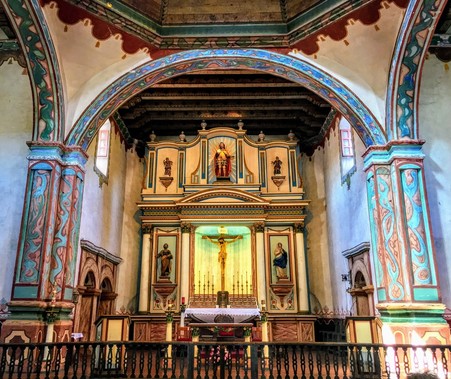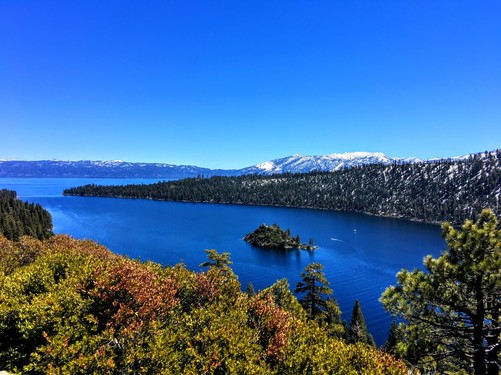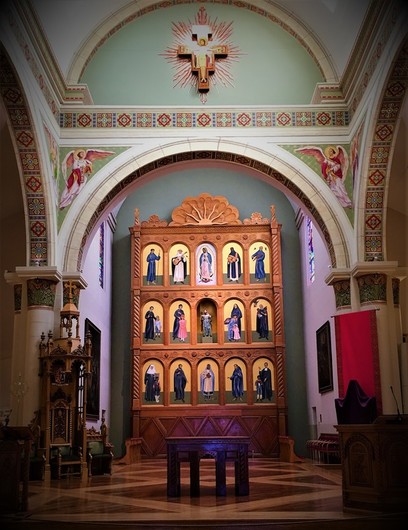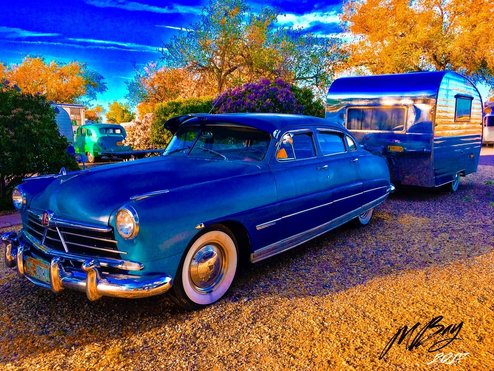Portfolio of Memories & Historical Facts
 Historic Old Mission Church
Historic Old Mission Church
"OLD MISSION SAN LUIS REY DE FRANCIA"
Founded in 1798 by Padre Fermin Francisco de Lasuen, the Mission was named after St. Louis IX, King of France, who lived during the 13th century. The history of the San Luis Rey area reflects five periods of occupation: Luiseno Indian, Spanish Mission, Mexican Secularization, American Military, and Twentieth Century Restoration. Because of its large size the mission has been nicknamed "King of the Missions."
The church, a National Historic Landmark, is open daily to visitors via the museum, which oversees its restoration and the care of its collections. Although painted over through the years, the decorative designs, taken from textiles and patterns in books, are original. The church at San Luis Rey is recognized as the most unique and one of the most beautiful in the mission chain. It is the largest of the 21 California missions and the only one adorned with a wooden dome and cupola. Unique also to San Luis Rey are the side altars and the Madonna Chapel which originally served as a mortuary chapel.
(Click photo for full size image)
Founded in 1798 by Padre Fermin Francisco de Lasuen, the Mission was named after St. Louis IX, King of France, who lived during the 13th century. The history of the San Luis Rey area reflects five periods of occupation: Luiseno Indian, Spanish Mission, Mexican Secularization, American Military, and Twentieth Century Restoration. Because of its large size the mission has been nicknamed "King of the Missions."
The church, a National Historic Landmark, is open daily to visitors via the museum, which oversees its restoration and the care of its collections. Although painted over through the years, the decorative designs, taken from textiles and patterns in books, are original. The church at San Luis Rey is recognized as the most unique and one of the most beautiful in the mission chain. It is the largest of the 21 California missions and the only one adorned with a wooden dome and cupola. Unique also to San Luis Rey are the side altars and the Madonna Chapel which originally served as a mortuary chapel.
(Click photo for full size image)
 The Beauty of Emerald Bay
The Beauty of Emerald Bay
"EMERALD BAY"
Emerald Bay State Park is a state park of California, centered on Lake Tahoe's Emerald Bay, a National Natural Landmark. The park contains the only island in Lake Tahoe, Fannette Island. The park is accessible by California State Route 89 near the southwest shore of the lake. Emerald Bay is one of Lake Tahoe's most photographed and popular locations.
In 1969 Emerald Bay was recognized as a National Natural Landmark by the federal Department of the Interior. In 1994 California State Parks included the surrounding water of the bay as a part of the park, making Emerald Bay one of the first underwater parks of its type in the state, protecting the various wrecks and other items on the bay's bottom.
(Click photo for full size image)
 Reredos with St. Francis surrounded by saints of the New World.
Reredos with St. Francis surrounded by saints of the New World.
"SAINTS OF THE NEW WORLD"
The Cathedral Basilica of Saint Francis of Assisi, commonly known as Saint Francis Cathedral, is a Roman Catholic cathedral in downtown Santa Fe, New Mexico. It is the mother church of the Archdiocese of Santa Fe.
The cathedral was built by Archbishop Jean Baptiste Lamy between 1869 and 1886 on the site of an older adobe church, La Parroquia (built in 1714–1717). An older church on the same site, built in 1626, was destroyed in the 1680 Pueblo Revolt. The new cathedral was built around La Parroquia, which was dismantled once the new construction was complete. A small chapel on the north side of the cathedral was kept from the old church.
Influenced by the French-born Archbishop Lamy and in dramatic contrast to the surrounding adobe structures, Saint Francis Cathedral was designed in the Romanesque Revival style. As such, the cathedral features characteristic round arches separated by Corinthian columns and truncated square towers.
(Click photo for full size image)
"SAINTS OF THE NEW WORLD"
The Cathedral Basilica of Saint Francis of Assisi, commonly known as Saint Francis Cathedral, is a Roman Catholic cathedral in downtown Santa Fe, New Mexico. It is the mother church of the Archdiocese of Santa Fe.
The cathedral was built by Archbishop Jean Baptiste Lamy between 1869 and 1886 on the site of an older adobe church, La Parroquia (built in 1714–1717). An older church on the same site, built in 1626, was destroyed in the 1680 Pueblo Revolt. The new cathedral was built around La Parroquia, which was dismantled once the new construction was complete. A small chapel on the north side of the cathedral was kept from the old church.
Influenced by the French-born Archbishop Lamy and in dramatic contrast to the surrounding adobe structures, Saint Francis Cathedral was designed in the Romanesque Revival style. As such, the cathedral features characteristic round arches separated by Corinthian columns and truncated square towers.
(Click photo for full size image)
 A vintage 1950 Hudson Commodore pulling a 1954 VaKaShunette.
A vintage 1950 Hudson Commodore pulling a 1954 VaKaShunette.
"THE COMMODORE"
Originally called the Hill Top Trading Post, Enchanted Trails RV Park & Trading Post sits on Historic Route 66 in Albuquerque, New Mexico. The park offers beautiful sunsets, desert vistas and amazing views. Flanked by three extinct volcanoes, it sits on a high desert mesa overlooking the city and its sparkling night lights.
Originally a Trading Post built in the late 1940’s, the flat roofed adobe building is typical of the region. The property has been used as a backdrop for several films. Most recently, the vintage cars and travel trailers were featured in a Route 66 video. Today, the Trading Post has an impressive selection of Native American crafts, southwestern foods and spices along with a variety of Historic Route 66 apparel and keepsakes.
(Click photo for full size image)
